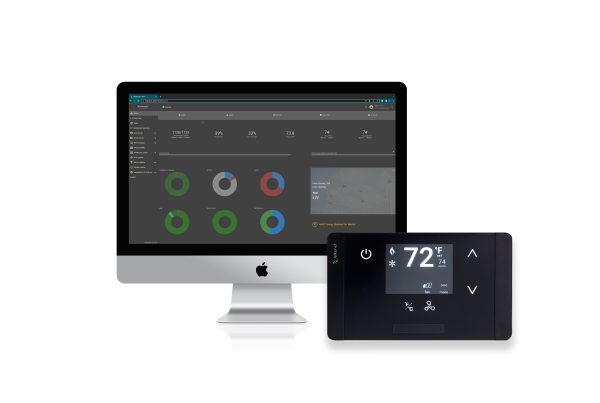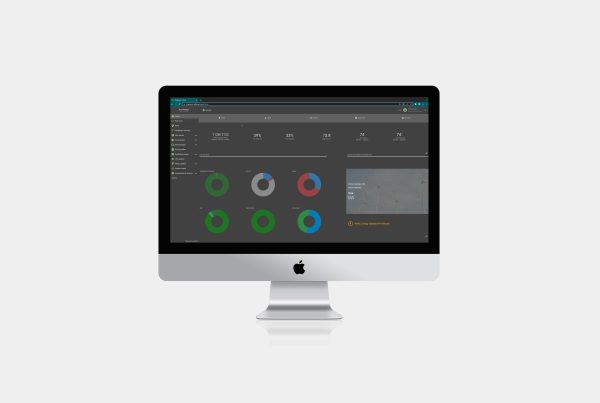
One of the key goals of an Energy Management System is to reduce the consumption of energy. A robust Energy Management System can offer a variety of products to help reduce HVAC and lighting energy consumption. This could include IoT-compatible thermostats with HVAC temperature setbacks, lighting controllers, smart door locks, contact switches, etc. Since the return on investment (ROI) can drive projects, obtaining conservative estimates for these reductions is often a requirement.
What if there were a quick and easy means to forecast energy usage reductions assuming EMS systems were implemented?
EMS providers such as Telkonet have such means: it’s a QSA, which stands for “Quick Savings Analysis.”
Traditionally, Energy Management reductions are forecast by one of the three following approaches, each with its own advantages and drawbacks:
- Building Heat Loss/Gain Modeling
- Data Loggers
- Historical
QSA Foundation
Sophisticated Energy Management platforms feature thermostat products that have multi-point data loggers contained within them. This includes logging on over 100 variables, including
- HVAC runtimes
- HVAC stages (if multi-stage)
- Temperatures
- Modes
- Setpoints
- RH%
- Occupancy
- Light level
- Voltage/amperage
- NTC values
- Door lock statistics
- PMS state
- HVAC error codes
This data is stored to non-volatile memory on each product and is also transmitted to a cloud-based data storage at programmable intervals (for example, every minute). These data loggers are analyzed for measurement and verification (M & V) needs.
The Telkonet QSA consists of two pages. The first page contains the site inputs and the summary charts/tables illustrating the predicted reductions. The second page shows the HVAC reduction calculations. It is important to note a few variants of the QSA based on the site’s HVAC type (PTAC, fan coil, steam, mixed, etc.)
The energy and monetary impacts of an HVAC or lighting measure need to be forecast for most new projects. The results from the QSA should always be understood to be estimates.
The Telkonet Quick Savings Analysis tool allows a partner to use Telkonet’s database of logged performance to easily estimate energy reductions.


